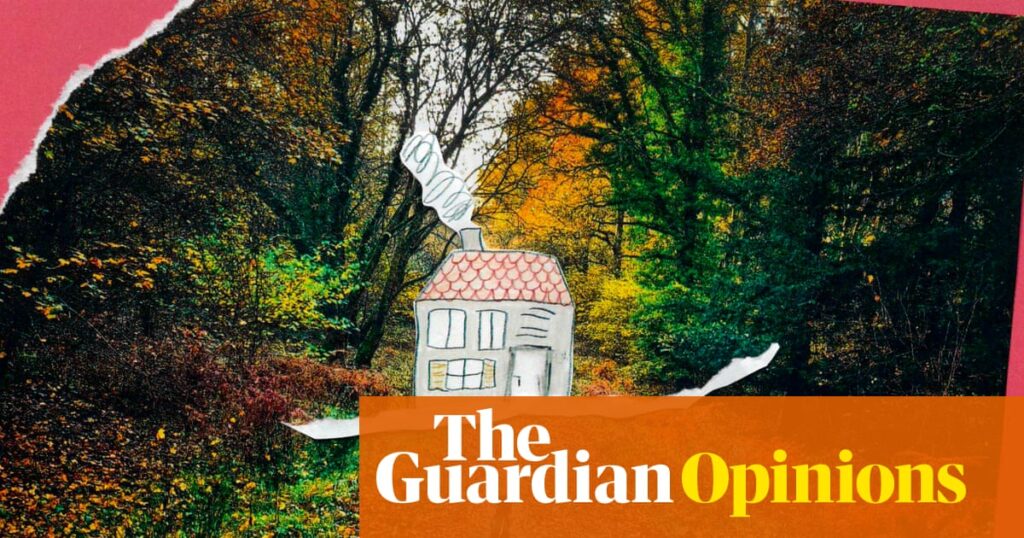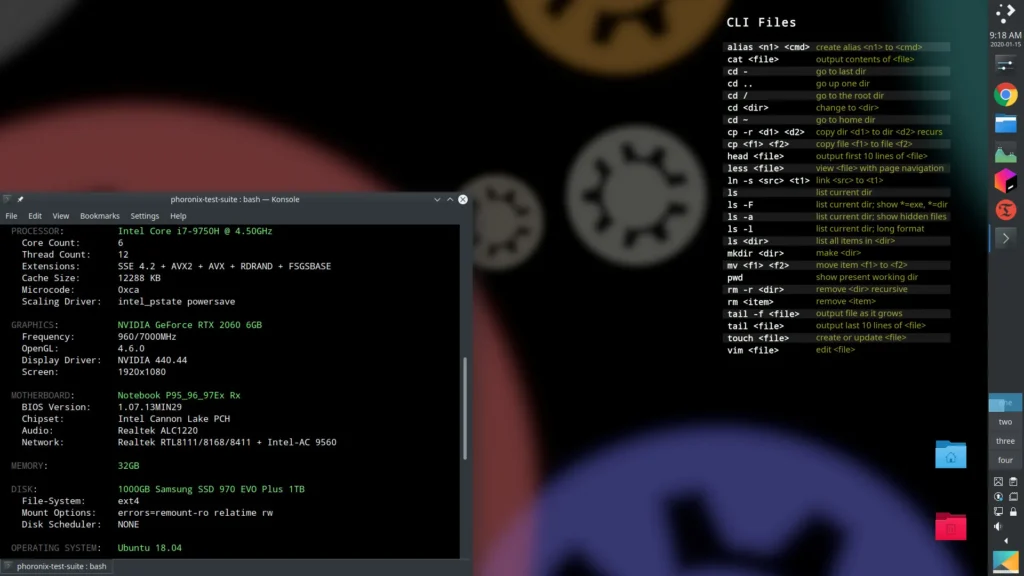We’re playing with a Playmobil house. Well, my friend’s son is playing with it. I’m moving my plastic familiar unsurely around what is, proportionately speaking, a cavernous room, awaiting his next instruction. The child scoops up a selection of miniature white goods. “This is an incredibly unrealistic portrayal of the type of house most people live in,” I tell him. He jabbers happily, picking up a tiny kitchen utensil.
Toy houses – with their big square facades, nice big front doors, smoking chimneys, lots of windows, grass on either side – bear little resemblance to most living arrangements. We’ve got (slightly) better at acknowledging the mother doesn’t need to go in the kitchen while the father is out (with the boat?), but these products still hook us into the capitalist, home-owning dream. Among myriad accessories, Playmobil offers a Victorian Dollhouse Fence Extension, a claw-foot bathtub and garden terrace furniture.
At 27, I had found my Barbie dream house. More specifically, I had found four windows’ worth, and a front door shared with two other households. It was in an old converted building surrounded by fields and woods. I had been running for years – here I could stop; maybe even rest. For 28 months, symptoms of my various conditions were dampened by long walks and wild-flower identification. The flat wasn’t perfect – there was no central heating, the windows were single glazed and a peculiarly stubborn black mould splattered the walls – and I loved it. “How are you getting on in there?” the postman enquired curiously. “You know it’s supposed to be haunted.”
The couple who had lived there previously had separated partly because of the stress of the “haunting”. Saucepans appeared in the middle of the room. (Probably an odd sort of gaslighting, I thought, although that word did not exist then.) The building had been a place where women came in the mid-20th century to have their illegitimate children, as well as housing members of the community with additional needs. We were hidden away here, safe to live in ways that did not make others feel comfortable. I fed a green woodpecker; I listened to the owls screech. Safety flickered. And then it was extinguished. Some poor advice from the bank regarding ongoing loan repayments led to spiralling debt – I could no longer afford the rent.
I told a friend I would get that flat back one day. Living relentlessly in the real world, he informed me – perfectly reasonably – that this was highly unlikely. It was. The credit crunch was eating the magazines I wrote for like a grotesque Pac-Man. The classical music title I worked on had lasted nine years, but its days were numbered.
I dreamed of my former home from a suburban granny annexe. Then the flat came up for sale and, because of its haphazard conversion and poor maintenance, it was unusually affordable for a Midsomer Murder-ish Surrey village filled with Playmobil-style houses. One colleague commented on how cheap it was – forgetting that things are only cheap if you have plenty. Otherwise, they are simply affordable or not. It was not affordable to me, and it was sold.
Sometimes I visited old haunts. Ex-neighbours, now cherished friends, shared their homes, which allowed me to plod around meadows and catch up with missed trees. I was a regular at the village fete; the kind where you can buy enough Jilly Coopers and hardbacks to see you through a year – 50p a carrier bag – and, my greatest-ever purchase, a working Gaggia coffee machine for 10p that fuelled a decade of deadlines.
A few years later, online surveillance revealed the flat was for sale again. Were the ghosts on my side? I was far from solvent, but I visited the agent anyway. Several miraculous things happened: a mortgage was secured, and I won a closed bid against another couple (who happily ended up living next door). “I’m so glad you don’t mind it’s haunted,” said the agent, relieved to know I’d already lived there.
Things did move, occasionally. A jacket sleeve waved one evening. Another day, busy on a press deadline, I heard my downstairs neighbour playing choral music extremely loudly. I popped down to politely ask if he could turn it down. He smiled; he wasn’t playing anything – he didn’t own a sound system. (I’d given him his only TV a short time earlier so this was entirely believable.) He’d also seen nuns, walking; praying.
I had an annoying habit as a child of reading the last chapter of a book. I don’t like not knowing where things are going, and life doesn’t tend to give you that option. When I tell people that I now have a mortgage on a flat I once rented, and dreamed of returning to, it all sounds preconceived, simple – and, thanks to the preponderance of woodland animals, a bit Disneyfied. It’s not generally appropriate to mention the intervening manic-depression, spiralling debt and sheer loneliness when everyone around you seems to be having a nice time moving through Playmobil life goals.
It’s very “live life love” to say that “home isn’t a place, it’s who you’re with”, etc (see also: “home is where the dog is”). I suspect these sayings are written by people who have very nice houses. It’s true that our identity, our work and our loved ones make us who we are. But it’s a hell of a lot easier to work on those things in a safe, affordable space – in a place that you love, where the ghosts can be at peace.

